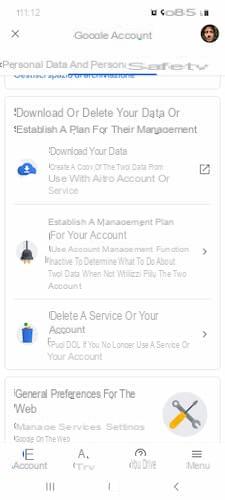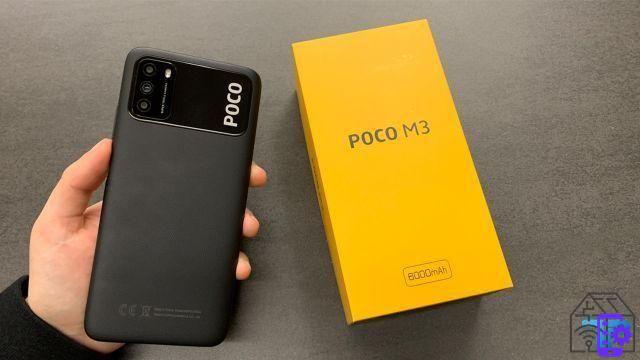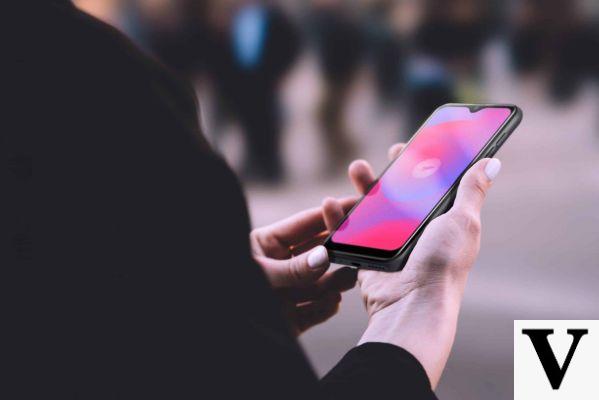We often hear about the wear and tear of the batteries of our smartphones, but when and how is it best to recharge it without damaging it? Lithium-ion batteries, the so-called Li-ion, are now in use for the vast majority of devices commonly used including smartphones, tablets, notebooks and many other devices, which is why it is better to know how to treat them in the best way to maximize their duration and avoid that they wear out prematurely.
Lithium-ion batteries, how to make them last longer
Many of us worry that leave the smartphone to charge for several hours, as often happens during the night, can ruin them over time. But it's true? Not exactly. What matters most regarding the modern batteries installed in our devices are the number of charging cycles that are carried out. These cycles are limited and generally each battery has an estimated life between 300 and 500 cycles, before his performances start to degrade.
A recharge cycle corresponds to a discharge equal to 100% of its total capacity, which does not necessarily imply that the phone goes from 100% to 0% but also simply that it goes, for example, from 100% to 25%, discharging, consequently, by 75% and then, following a complete recharge, discharging again from 100% to 75%, losing an additional 25% of its capacity. Overall, therefore, it will have lost 100% of its total capacity and can be considered as completed a complete cycle, as also illustrated in the image below.

Another factor that can damage the battery is often letting it go below 20-25% of its capacity, as an excessively low percentage of charge, especially if maintained for prolonged times, causes a premature degradation of ions contained within it. Even the hot, with temperatures above 35%, is among the worst enemies of batteries, but many underestimate the cold which can result in the formation of a permanent metal plating on the anode, causing possible malfunctions, worsening in terms of duration and overall life or even, in extreme cases, irreversible damage to the battery.
Even the so-called quick charging, be it Qualcomm's Quick Charge, Huawei's Supercharge or any other fast charge developed by various manufacturers, in the long run it can compromise the life of our devices, due to high charging voltages. Therefore, the ideal would be to use chargers for fast charging only when really needed and not to recharge our devices on a regular basis.
Among the most important tips to always keep the battery of our smartphone in good health, therefore it does not matter whether we charge it at night or not, but it is important to avoid subjecting them to thermal stresssuch as excessively high or low temperatures, try to charge the device when the battery reaches around 20% e don't wait for this to download altogether, prefer one slower charging to a faster one whenever possible, using a standard charger. There is very little to do about the charging cycles: sometimes there are articles that suggest, for example, charging the phone at 50% and removing the charger at 80%, so as to reduce the number of charging cycles. but this implies having to charge it very frequently and will make the battery reach a complete cycle in the same time of effective use that would have been obtained if it had been allowed to discharge completely without ever charging it. The ideal would be, rather, to charge it before going to sleep and turn it off at night, Besides deactivate anything you don't use, such as i mobile data, WiFi and let the phone close the unused apps independently, especially avoiding the task killers installed from the Play Store, which do nothing but force the closure of the apps, without letting the operating system understand correctly which apps are needed and which can close.
The only valid reason why a battery should be allowed to fully discharge is that of the so-called calibration, that is to say the practice that is used to carry out on the battery when it cannot exceed a given percentage or when the phone tends to turn off suddenly and without warning the user, when percentages higher than 2-3% are still shown on the display. To calibrate the battery, therefore, you need to let the phone turn off completely, possibly trying to turn it back on once without excessively stressing the already discharged battery and then letting it charge, possibly from off, up to 100%. Calibration, of course, does not guarantee that an irremediably damaged battery will "resurrect", but it certainly can improve the reading conditions of its status by the device in some particular conditions, allowing the operating system to correctly detect the real percentage of remaining battery. and avoiding that a smartphone at 20% turns off in our hands while we are on the street, without a powerbank, perhaps waiting for an important call. In case the phone should instead continue to present problems and percentage reading errors despite a calibration, will mean that the problem lies in the battery, which could be irreparably damaged. In this case, the only desirable solution is that of replace it, when convenient, an operation now almost always carried out by an authorized service center due to the fact that the vast majority of devices have a non-removable and non-replaceable battery or, even worse, when the device has a IP certification resistance to water and dust, which would compromise its correct functioning if the opening and closing operation is not carried out in service.
On average, therefore, we can say that a battery has one useful life of one and a half years, before starting to deteriorate, but this is a average estimated time and it cannot be taken literally, as it is extremely dependent on many factors due to the conditions in which it has operated during its life. It is understood that a smartphone used constantly, even charged two or even three times a day and pushed to limit conditions, will suffer a performance decay far more premature than those who keep the smartphone off for almost half the day and only use it. to text and surf the internet for a few hours a day.
Read also: The best smartphones for battery


























